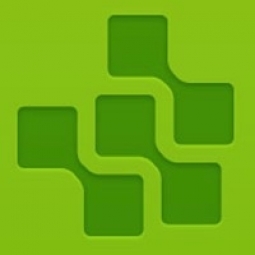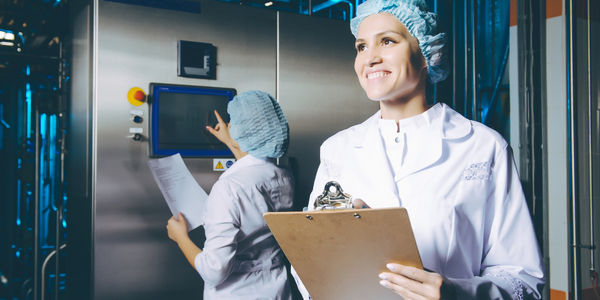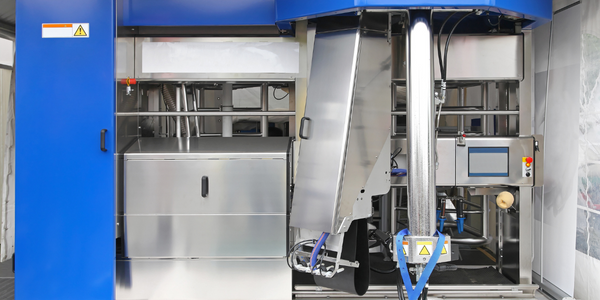公司规模
SME
地区
- America
国家
- United States
产品
- Agworld
技术栈
- Data Analytics
- Collaboration Platform
实施规模
- Enterprise-wide Deployment
影响指标
- Productivity Improvements
- Environmental Impact Reduction
技术
- 平台即服务 (PaaS) - 数据管理平台
适用行业
- 农业
适用功能
- 物流运输
- 质量保证
用例
- 农场监控与精准农业
- 远程资产管理
服务
- 数据科学服务
关于客户
Ryan and Chad Gargas are fifth-generation farmers in Ohio who, together with their father Richard, farm 2,500 acres of highly fertile land close to Lake Erie. Their great-great-grandfather started to farm in 1892 and, with a team of horses, began a threshing operation in 1910. The farming operation has evolved over the years and the Gargas family is very aware of the role that technology has played throughout the different generations. They grow a range of crops from corn, soybeans, wheat, hay, straw, barley and cover crops. The Gargas family decided to buy their own self-propelled sprayer two years ago, so they have better control over their operation. However, they also realized that, with this extra workload, they would have an increased need for visibility of their outstanding jobs.
挑战
The Gargas family, fifth-generation farmers in Ohio, were looking to adopt new technology to improve their business practices. They wanted to avoid using a range of different programs for different parts of the business. They had recently purchased their own self-propelled sprayer, which increased their workload and need for visibility of their outstanding jobs. The family farm is located close to Lake Erie, which brings some challenges with it as environmental management laws are getting stricter every year. They were also looking for a way to be proactive in their farming practices to prevent runoff of nitrogen and phosphates, and wind erosion, which could harm Lake Erie.
解决方案
The Gargas family decided to adopt Agworld, a data management platform, so they could collaborate with Luckey Farmers Inc on the same platform and start using data to drive their decision-making process. Agworld provided them with increased visibility of Luckey’s recommendations on what has been applied to each field already and what worked well historically. This allowed the Gargas family to work more efficiently as a team and take the guesswork out of much of their operation. The increased visibility also allowed them to be better stewards of their land. They were able to use Agworld to keep track of their tasks, see what everyone was doing, and have their orders lined up from their agronomist.
运营影响

Case Study missing?
Start adding your own!
Register with your work email and create a new case study profile for your business.
相关案例.
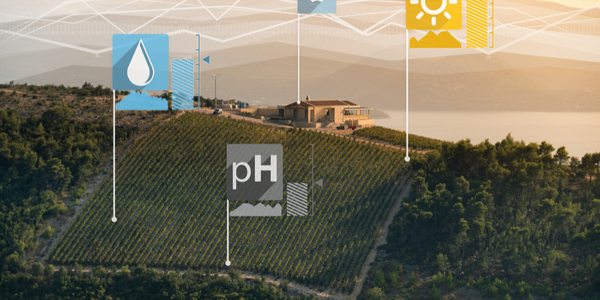
Case Study
Intelligent Farming with ThingWorx Analytics
Z Farms was facing three challenges: costly irrigation systems with water as a limited resource, narrow optimal ranges of soil moisture for growth with difficult maintenance and farm operators could not simply turn on irrigation systems like a faucet.
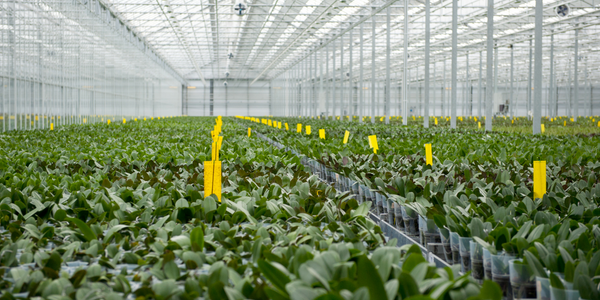
Case Study
Greenhouse Intelligent Monitoring and Control Solution
Farming Orchids is the most successful form of precision farming in Taiwan, and also the most exported flower. Orchids need a specific temperature and humidity conditions to grow and bloom, and its flowering time may not be in line with market demands, so the price collapses when there is overproduction. Therefore, some farmers began to import automated greenhouse control systems for breeding and forcing, which not only improves quality, but also effectively controls the production period and yield to ensure revenue. In 2012, an orchid farmer built a Forcing Greenhouse of about 200 pings (approximately 661 Square Meters) in Tainan, Taiwan. The system integrator adopted Advantech’s APAX-5000 series programmable automation controllers to build the control platform, coupled with Advantech WebAccess HMI/SCADA software, to achieve cloud monitoring. The staff of the orchid field can monitor important data anytime via smart phone, iPad, and other handheld devices, and control the growth and flowering conditions. System requirements: In the past, most environmental control systems of orchid greenhouses in Taiwan used PLCs (Programmable Logic Controller) with poorscalability and control, and could not be connected to the Internet formonitoring from the cloud. For advanced database analysis and networking capability, the PC platform must be adopted. Therefore, PAC Systems (Programmable Automation Controller) with both PLC programming capabilities andPC functions is a better choice.The environmental control of the Orchid greenhouse switches on and off devices like fan, shade net, cooling/heat pump, liquid flow control, water-cooling wall etc. It is controlled by a control panel of electric controllers, and is driven by a motor, to adjust the greenhouse temperature, humidity, and other environmental conditions to the set parameters.
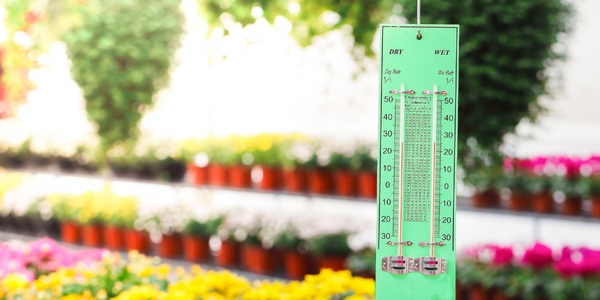
Case Study
Precision beekeeping with wireless temperature monitoring
Honeybees are insects of large economic value and provide a vital service to agriculture by pollinating a variety of crops. In addition, bees provide us with valuable products such as honey, beeswax, propolis, bee venom, etc. Monitoring of honeybee colony health, population, productivity, and environmental conditions affecting the colony health have always been exceedingly difficult tasks in apiculture. Research has shown that even small deviations (by more than 2°C) from the optimal temperatures have a significant influence on the development of the brood and the health of adult bees.
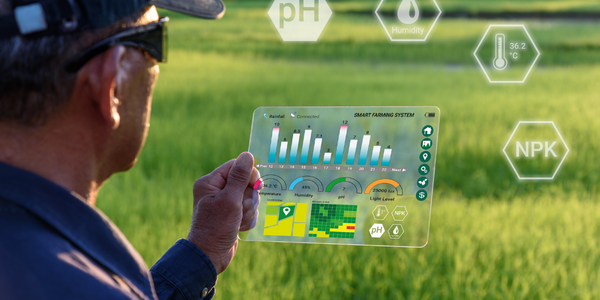
Case Study
Enabling Internet of Things Innovation in Agriculture
DigiBale, wanted to apply technology know-how and IP from implementations successfully to more agriculture sectors including cotton, forestry, sugarcane and cattle. However, farmers and growers still have worries about the connected technology.




